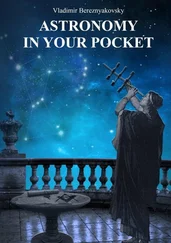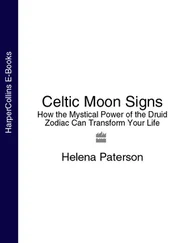There are many tales about yews springing into growth upon the graves of lovers. In Irish legend the graves of Deidre and Naoise were staked with yew branches by the High King Conchobar in order to separate them. Yet the stakes grew into yew trees which wove their branches together above the graves and joined the lovers even in death.
Two yew trees sprouted out of the graves of the tragic lovers Tristan and Iseult. At their full height the yews reached their branches towards each other across the nave and intertwined so intensely they could nevermore be parted.
The yew was revered as a sacred tree, and the custom of the first Christian missionaries to preach under and erect churches near yews was a continuance of the ancient druidic practice of associating the yew with a place of burial adjacent to a place of worship.
In Christian terms the yew came to symbolize resurrection and it was used in church at Easter and on Palm Sunday. Shoots of yew were put into the shrouds of the dead, for it was believed to protect and restrain their spirits. The Church also thought that the yew protected against evil influences interfering with the shades of the dead.
Other associations between the yew and churchyards were formed when armies met at churches for blessings before battle, and English archers gathered yew branches from the churchyard trees to make their famous longbows. It is said that many kings ordered the planting of yews in churchyards specifically for this purpose.
HEALING
Warning: It must be stressed that no one should self-administer yew. It is very poisonous and will cause death.
Culpeper states that the yew’s poisonous qualities rise by distillation into the most active vegetable poison in the world, which acts upon the nervous system and destroys vital functions, but does not bring on sleep like opium or other poisons. Yew’s Latin name, Taxus, is derived from the Greek toxon, meaning ‘bow’. The connection of the tree to poison formed the derivative ‘toxin’, which was given to poisons in general. Recent discoveries about the yew are exciting, for the chemical properties of Taxus are believed to contain a formula, Taxol, which is an anti-cancer drug.
In homoeopathy a tincture of young yew shoots and berries (not the seed) is used for treating cystitis, headache, neuralgia, dimness of vision, affections of the heart and kidneys, gout and rheumatism.
MAGIC & INSPIRATION
Because the yew is an evergreen tree of extreme longevity, the ancient custom of mourners putting sprigs of yew into shrouds and graves of the departed showed they believed death was not the end of life, but merely a passing through into the continuance of life to come.
The yew is most powerful in midwinter, for it represents the passage of the sun through the darkest time of the year. Along with other evergreens it was revered as a tree of light, its green foliage in the dead of winter emphasizing that life would continue. To enhance this, all evergreens were traditionally dressed with shiny, sparkling objects at Yuletide, to attract the light of the sun back into the year.
In the cold regions of the north wind the yew is associated with faerie wildmen and Pictish deities, most of whom are said to have the ability to conjure up a faerie darkness in order to disappear. This may well have reference to the yew’s ability to make things invisible for protection.
PHYSICAL USES
Yew sticks were cast by the Celts to divine the future. Yew rods were used for making written ogham scripts, because when the wood is seasoned and polished it has an extraordinary power of resisting decay. For this reason magical wands of yew are considered especially potent. When used positively, a wand or staff is a great healing implement, able to transform illness to health and sadness to joy.
Yew was included in the church decorations at Easter as a symbol of the continuity of life.
Конец ознакомительного фрагмента.
Текст предоставлен ООО «ЛитРес».
Прочитайте эту книгу целиком, купив полную легальную версию на ЛитРес.
Безопасно оплатить книгу можно банковской картой Visa, MasterCard, Maestro, со счета мобильного телефона, с платежного терминала, в салоне МТС или Связной, через PayPal, WebMoney, Яндекс.Деньги, QIWI Кошелек, бонусными картами или другим удобным Вам способом.












